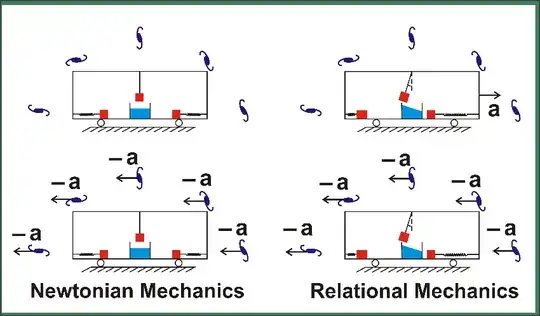I have no background in physics but there is a question that has been bothering me, so I'm asking you.
Are there at least 2 physical theories that are :
- Mathematically identical, which means that they would yield identical predictions for EVERY situation that these theories can cover, and therefore can not be compared through experimentation : the validity of one of them is equivalent to the validity of the other.
- Physically different, that is to say, based on a different spatio-temporal-whatever realities, whose differences are not only semantic.
If there are at least two theories that satisfy those requirements, it would mean that the "absolute", "metaphysical" reality can never be known. However, if we are capable of mathematically demonstrating that such theories can not mathematically exist, it would mean that absolute reality can be known.
When I say "mathematically identical", I am not speaking of theories that can not be experimented on, due to technological constraints (like atomism at the time when this was still debated) but really of theories that can theoretically not be compared, even by a Laplace demon.
Do you agree with my assumptions? If so is there such theories and/or a demonstration that they can not exist?
